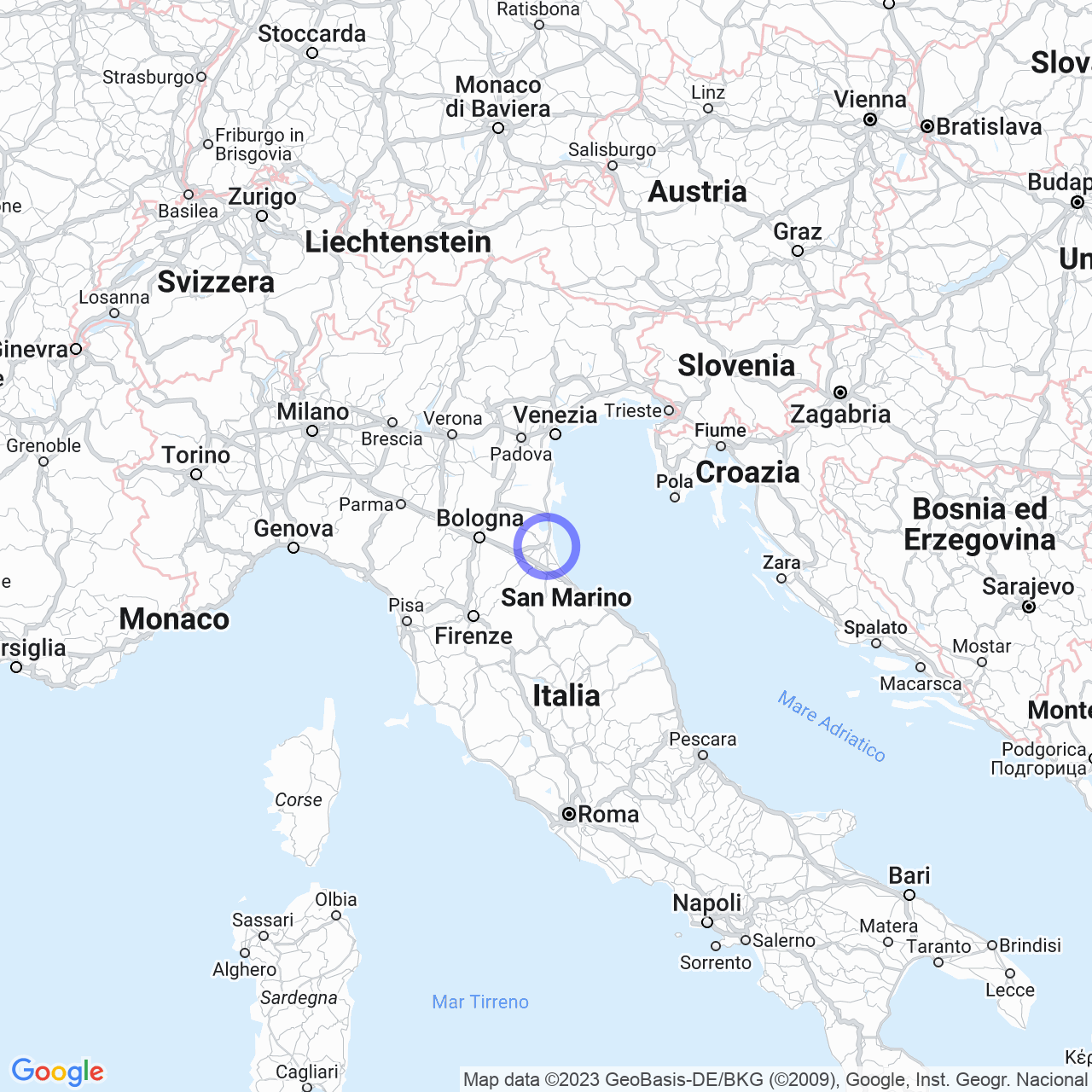Ravenna
Hello friends! Today we will talk about Ravenna, a beautiful city in northern Italy.
Physical geography
Territory
Ravenna is located about 10 kilometers from the Adriatic Sea, to which it is connected through the Candiano Canal. The city was built on a flat territory, but what makes it even more special are the nine coastal fractions called "lidi".

The lidi of Ravenna
The nine lidi of Ravenna are Casal Borsetti, Marina Romea, Porto Corsini, Marina di Ravenna, Punta Marina Terme, Lido Adriano, Lido di Dante, Classe (Ravenna) and Lido di Savio. Each fraction has unique characteristics, for example, in Lido Nord there are large stretches of water such as the WWF Oasis of Punte Alberete, an incredible protected area inserted in the spectacular Pineta di San Vitale. To the south, instead, the Pineta di Classe, mentioned by the great authors Boccaccio and Dante, is the predominant element.
Climate
The climate of Ravenna is of a sub-continental temperate type, with moderately cold winters and sweltering summers, with temperatures that reach 30 degrees. The air present in this region, both in summer and winter, has a consistent degree of humidity and is influenced by the Adriatic Sea.
Origin of the name
The toponym Ravenna derives from a pre-Latin "* rava" which indicated a "cliff produced by water flowing"; later it assumed the meaning of "canal, swamp, bottom, mud". All this was combined with an Etruscan suffix "-enna".
History
Foundation
Ravenna is a very ancient city. In fact, the first archaeological evidence indicates its existence at least from the 5th century BC.
Glorious past of Ravenna
In the History of Ravenna, this city was the Capital of the Western Roman Empire in the era between 402 and 476, the Ostrogothic Kingdom from 493 to 540 and the Exarchate of Italy from 584 to 751. The city remained in the spotlight thanks to the remains of the past, the complex of the first Christian monuments of Ravenna was included, since 1996, as a UNESCO World Heritage Site of Italy, as a serial site "paleochristian monuments of Ravenna".
Ravenna in the twentieth century
The city experienced a period of great expansion in the second half of the twentieth century, with demographic growth alongside a series of architectural projects focused around the Candiano Canal.
Ravenna has been and continues to be a city of great charm and great history. It is definitely worth visiting!
